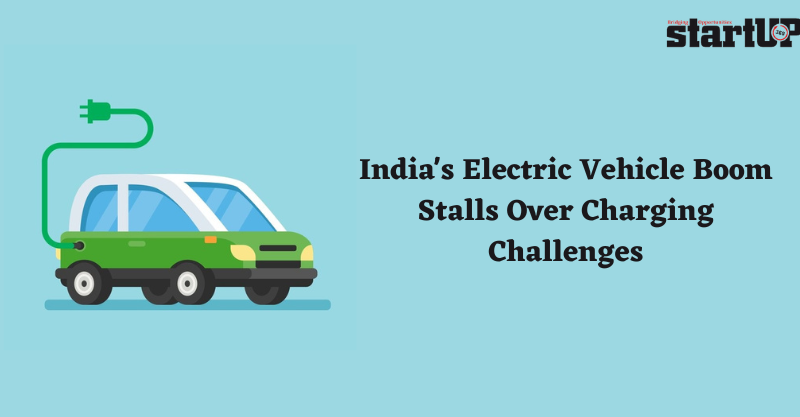India’s electric vehicle boom stalls over charging challenges
Ujjwal Arora found himself in a quandary when his electric vehicle’s battery ran low en route to an important meeting. Rushing to a fast-charging station, he encountered a broken charger, leading to a frantic search for a functional one. However, even upon finding a working station, he faced compatibility issues with his Tata Nexon EV.
“It was an absolute nightmare,” the 28-year-old recounted. “Though I managed to locate a functioning charging station before my car completely ran out of charge, I still missed the meeting, which was very embarrassing.”
Arora’s frustrating encounter underscores the challenges posed by India’s inadequate charging infrastructure, leaving many like him to question their decision to embrace electric vehicles.
The lack of EV charging infrastructure significantly deters potential buyers from opting for electric vehicles,” remarked Chaitanya Kanuri, Associate Director of Electric Mobility at the World Resources Institute (WRI).
This deficiency threatens the government’s ambitious plans to promote EV adoption in India, despite a nearly 50% increase in EV sales’ market share from the previous year. With just 11,000 charging stations nationwide, India faces a pressing need to ramp up its charging infrastructure to meet its emissions-free EV goals.
India’s Minister of Heavy Industries, Mahendra Nath Pandey, emphasized the necessity of establishing at least 18,000 public charging stations in each of the country’s nine major cities by 2030. The Confederation of Indian Industry estimates that India requires a minimum of 1.3 million charging stations by the end of the decade to meet demand adequately.
However, the sector’s efforts remain fragmented, with charging stations proliferating in some areas while remaining scarce in others. Soumen Mandel, Senior Research Analyst at Counterpoint Technology Market Research, emphasized the need to expand focus to rural areas, where the majority of India’s population resides.
Hardly any EV charging infrastructure exists in rural areas, and even on highways, finding a charging station can be challenging,” Mandel noted.
In addition to infrastructure limitations, compatibility issues with EV scooters pose another hurdle, given that the majority of EVs sold in India are two-wheelers or auto-rickshaws. Furthermore, lengthy recharging times for electric scooters diminish their practicality for widespread use.
Efforts to address these challenges, such as battery swapping schemes, have encountered obstacles due to industry resistance and policy favoritism concerns. Despite such hurdles, private and workplace charging remain prevalent among electric car users, highlighting the need for innovative solutions to expand charging accessibility in India’s urban landscape.
As for Arora, he has adjusted his routine to ensure regular home charging, albeit at the expense of his EV’s utility.
“While it’s a fantastic city car if you plan your usage and have access to a parking area for overnight charging, that’s the extent of its reliability for now,” he concluded.

